5 Temperature Tips for Reducing Food Waste
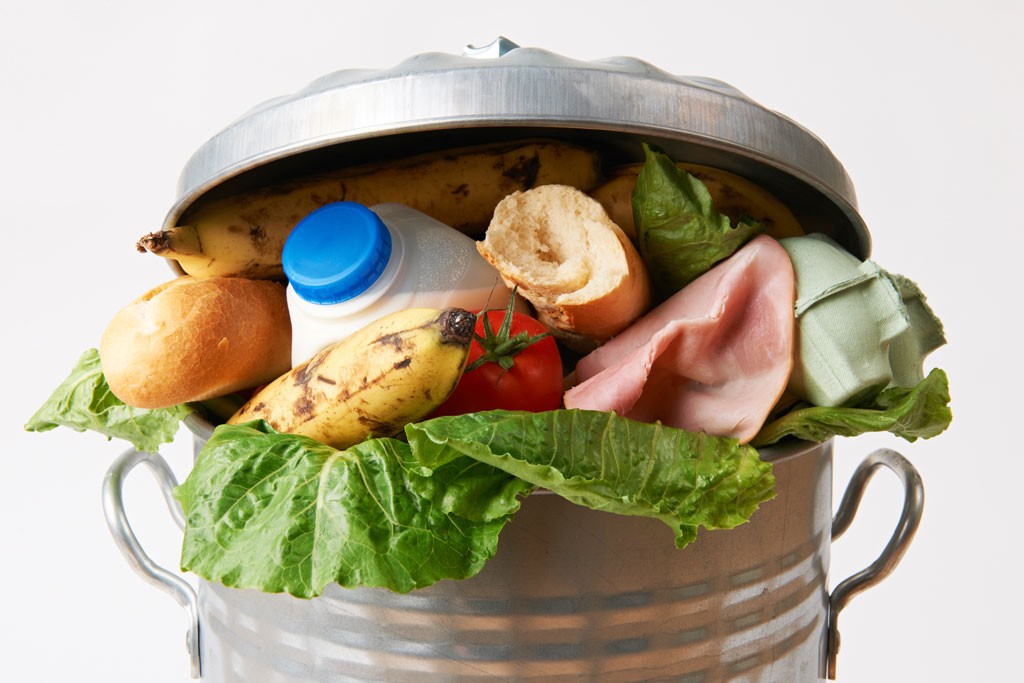
With one third of the food produced for human consumption going to waste every year, and food production needing to increase by 70% before 2050 to feed the estimated population of 9 billion people, we are never short of reasons to reduce food waste.
The United Nations recently celebrated the first ever observance of the International Day of Awareness of Food Loss and Waste. Meanwhile Britain is facing a meat shortage due to a sudden lack of carbon dioxide used by the food and drink industry, as well as a Christmas turkey shortage due to short staffing.
In the short term, businesses and consumers alike will need to be conscious to preserve meat and other foods until supplies return to normal, while long-term plans are still needed to address the growing issue of food waste and its environmental impacts.
Temperature is critical to preserving food quality and safety, therefore reducing waste. We put together five of our top temperature tips for individuals, at any stage of the supply chain, to use to avoid spoiling precious food resources.
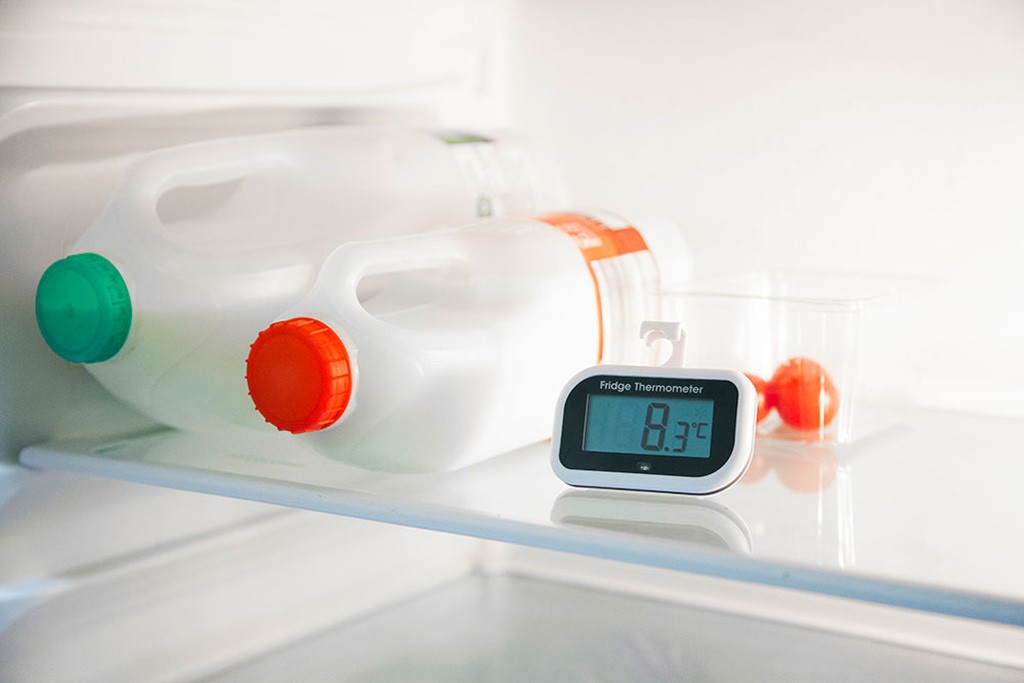
Store at safe temperatures
Essential for businesses and consumers at all times, maintaining safe food storage temperatures will keep food free from harmful bacteria, maximising shelf life.
The average UK fridge temperature is set at at least 2°C too warm, so it’s important to use a fridge thermometer to ensure it is at or below the recommended 5°C. This Fridge Freezer Thermometer has an internal sensor for reflecting the air temperature within the fridge, as well as an external probe for checking internal food temperatures. Its audible alarm means that users will be alerted if the temperature falls out of range, allowing corrective actions to be taken quickly to avoid spoilage.
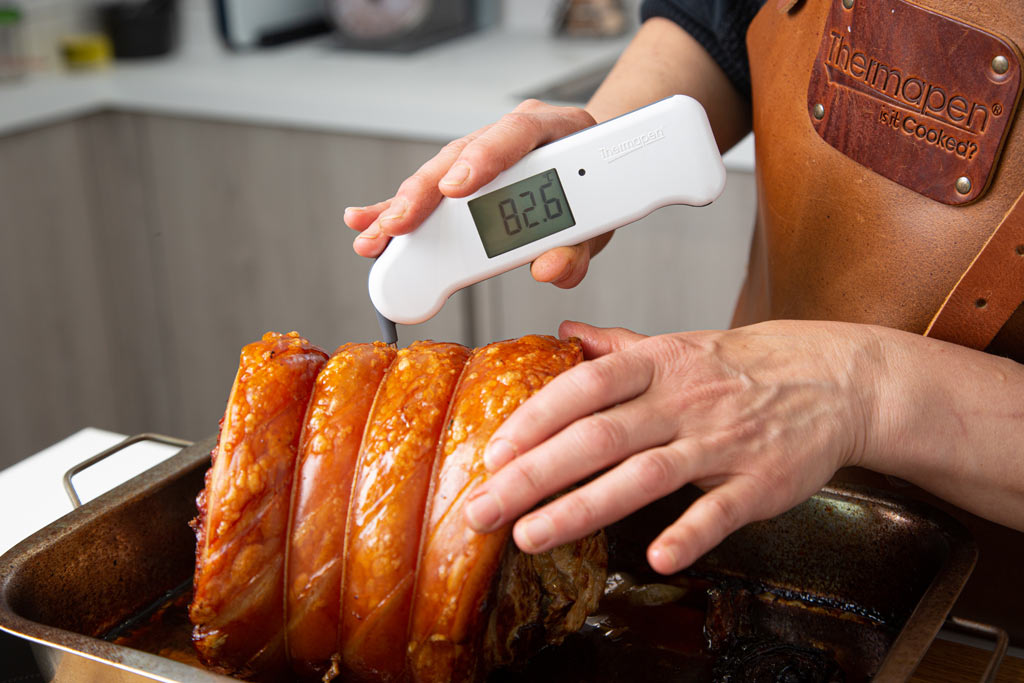
Cook to temperature, not time
For restaurant chefs and home cooks alike, ensuring meat dishes are cooked safely and to everyone’s liking will help to avoid unwanted waste.
A one second check with the Thermapen One will determine whether meat is perfectly cooked throughout, while the DOT Digital Oven Thermometer will monitor the temperature as it cooks and sound when it has come to temperature.
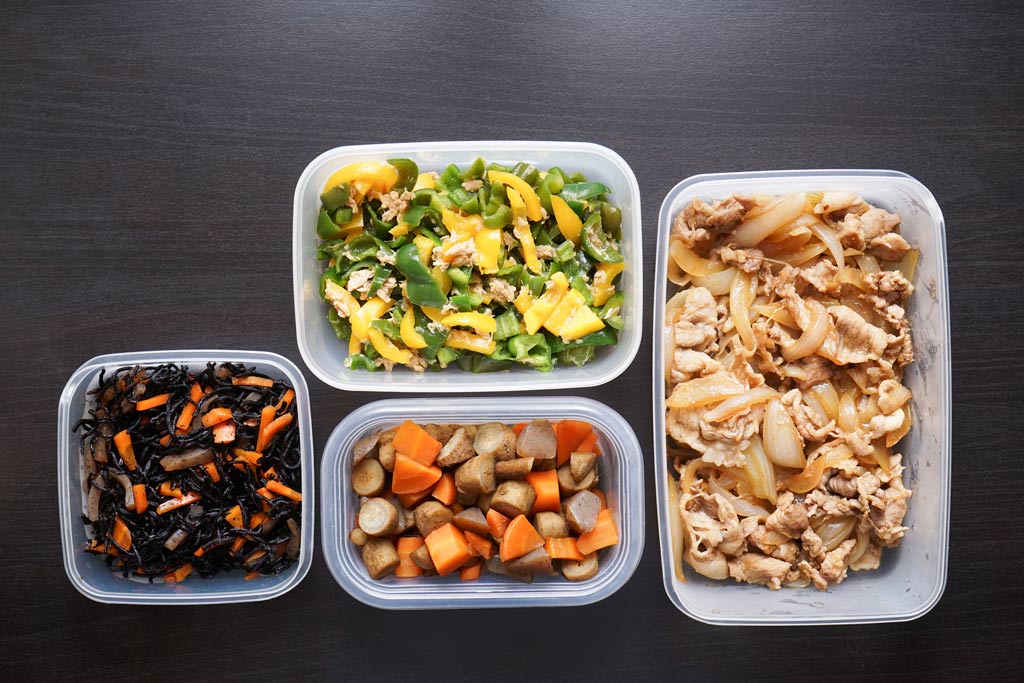
Chill and reheat safely
As well as storing food at safe temperatures, taking the correct measures to cool and reheat leftovers or batch cooks is vital for safety and longevity. Hot food must be cooled as quickly as possible, ideally within two hours, before being refrigerated. The food needs to be below 20°C before being put into the fridge or freezer or it will raise the temperature in the fridge and put your food at risk of spoilage.
Many food production and catering businesses will use blast chillers to cool their food quickly, but for small businesses or consumers the food can be portioned up into smaller containers and placed in shallow ice baths to speed up the process. When reheating food it’s essential to take it up to a temperature of 75°C in order to ensure any bacteria is destroyed.
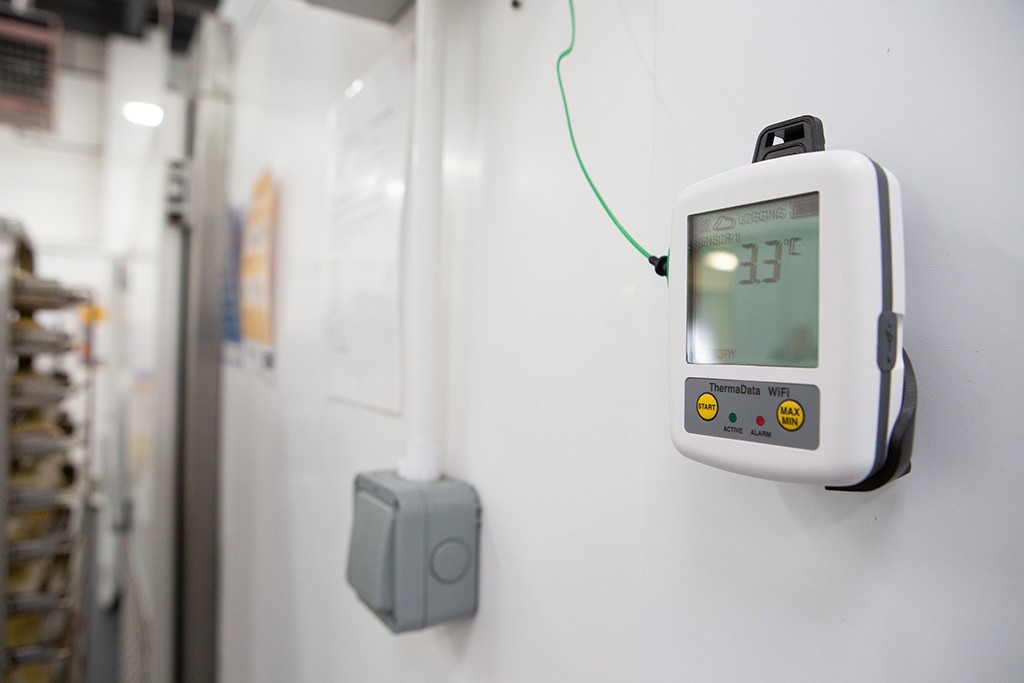
Increase security with data loggers
For commercial food businesses, there’s no better way to safeguard produce than by using data loggers. Accurate, reliable temperatures taken at timed intervals enables thorough temperature tracking throughout the cold chain and cook chill process. WiFi data loggers even allow individuals to view live data remotely and receive email alerts for out of range temperatures. Not only does switching to using data loggers prevent spoilage, we calculated that it could save over £600 a year on labour.
Read our data loggers guide to find out which one is best for your business.
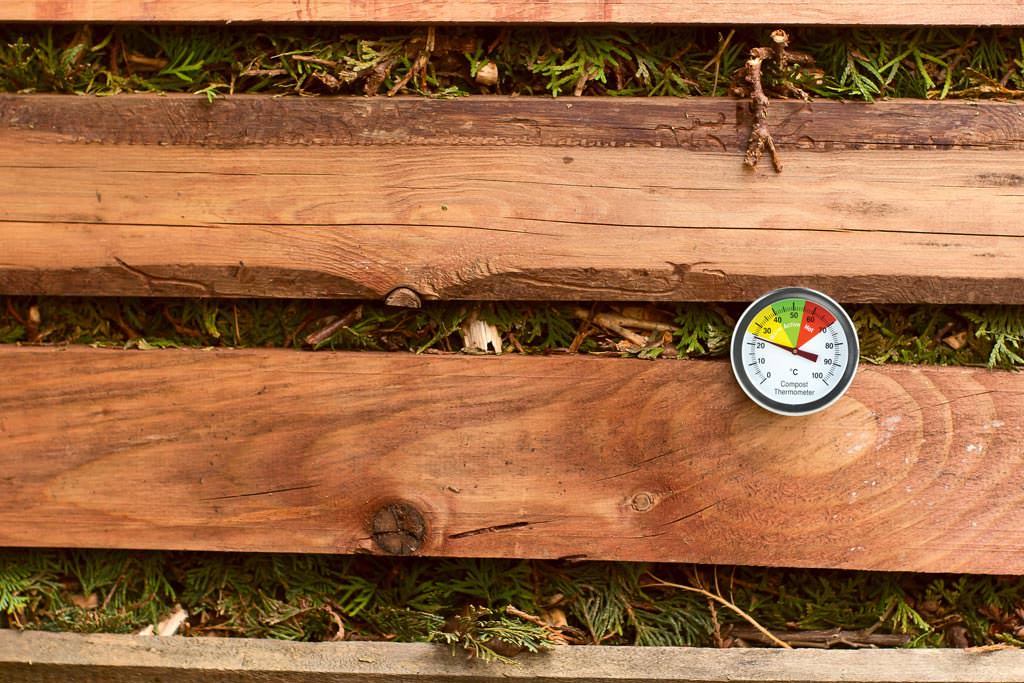
Have a go at hot composting
Inevitably some food will go to waste, but how you dispose of it is still important when it comes to being more environmentally friendly. When food is sent to landfill, air cannot get to the waste and this produces the harmful greenhouse gas methane. Composting is a great option for getting rid of waste, and with hot composting you can turn your scraps to soil in just four weeks.
Learn more with our guide to hot composting.
You might also like:
How to Optimise Your Energy Usage by Temperature Monitoring Your Home
5 Common Food Safety Mistakes & How to Avoid Them
5 Essential Temperature Solutions for Your HACCP Plan